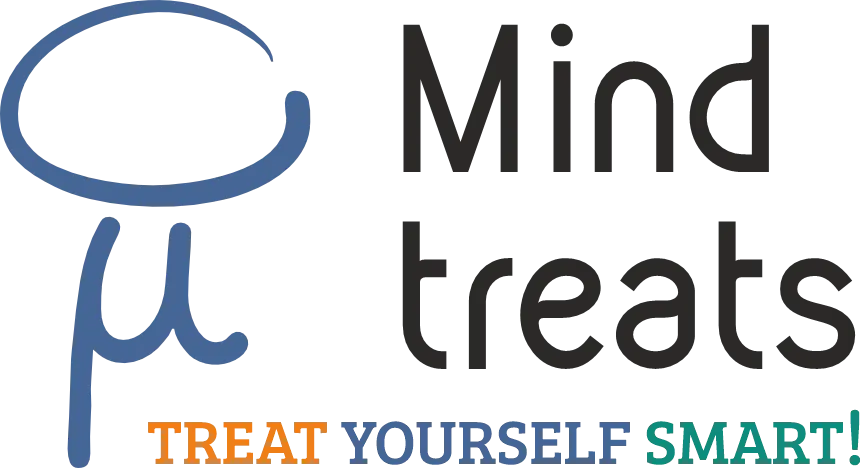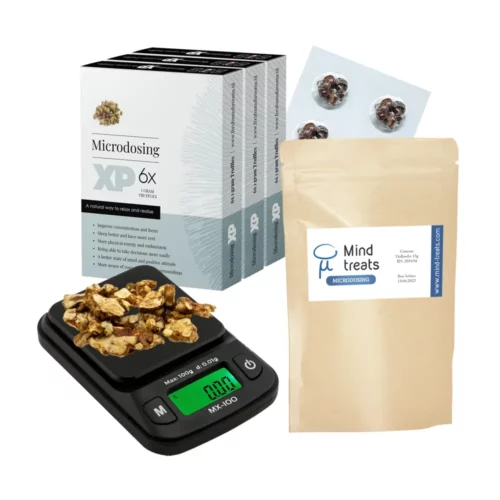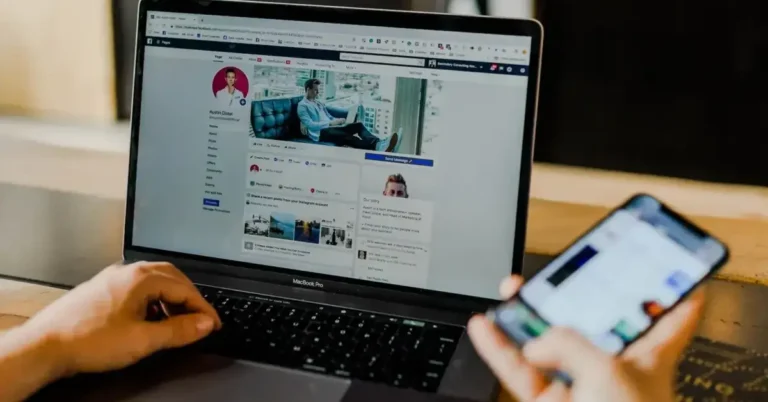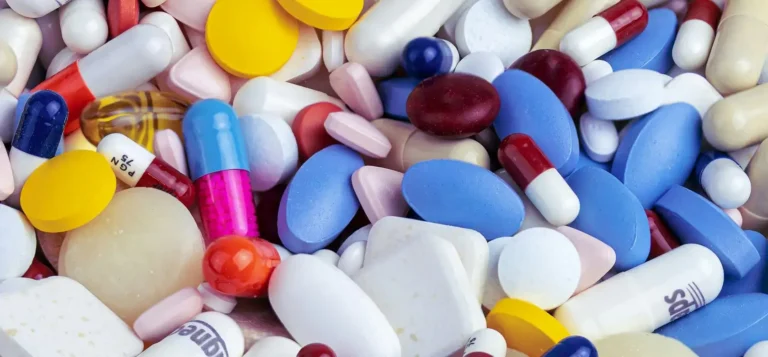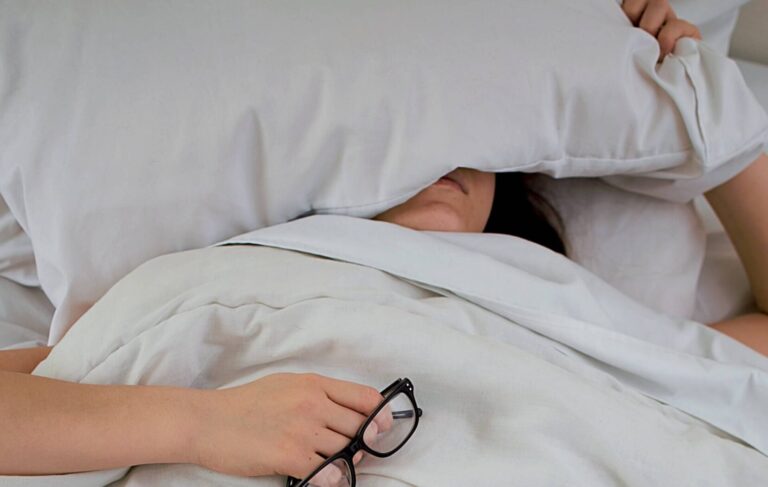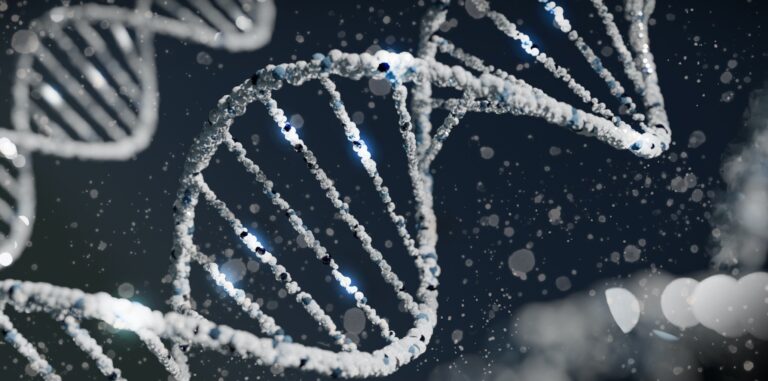History of Psilocybin
The history of psychedelics is a captivating odyssey through the annals of human experience. It intertwines mysticism, science, counterculture, and the ever-evolving quest to unlock the hidden realms of consciousness. Psychedelics, a diverse class of mind-altering substances, have left an indelible mark on the tapestry of human history.
They have touched the realms of spirituality, medicine, creativity, and social change. From ancient rituals that summoned divine visions to the scientific experiments of the mid-20th century that probed the depths of the human mind, the story of psychedelics is one of exploration, transformation, and controversy.
This journey delves into the roots of psychedelic use, the ebbs and flows of its popularity, the profound experiences it has inspired, and the ongoing dialogue about its potential benefits and risks. Join us as we embark on a voyage through time to uncover the rich, multifaceted history of psychedelics. It is a history that continues to unfold and reshape our understanding of consciousness and the human experience.
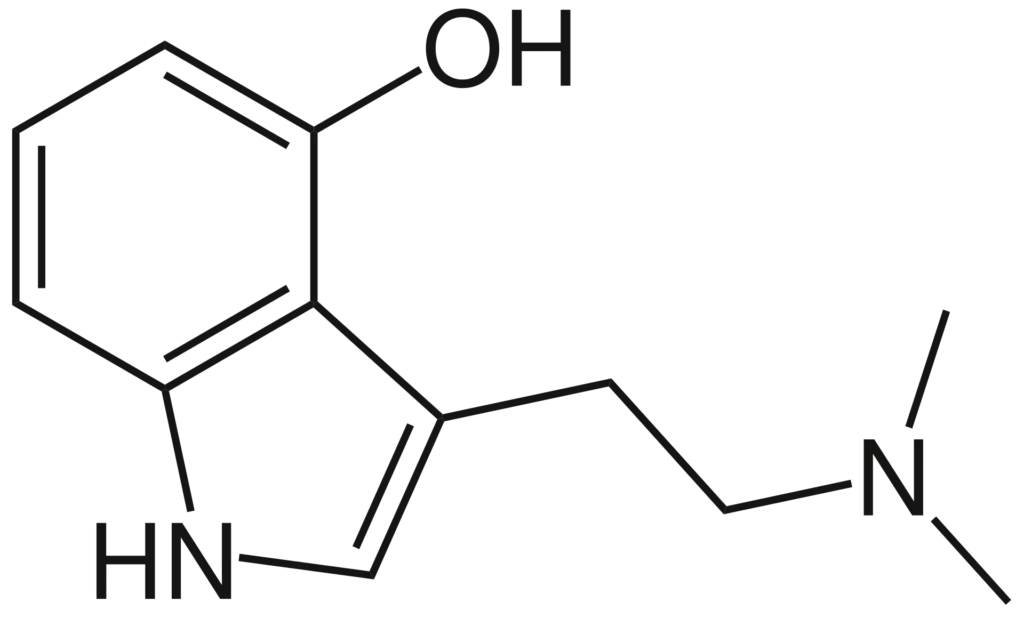
Image of the chemical structure of Psilocybin

Image of the chemical structure of Psilocin
Early Research
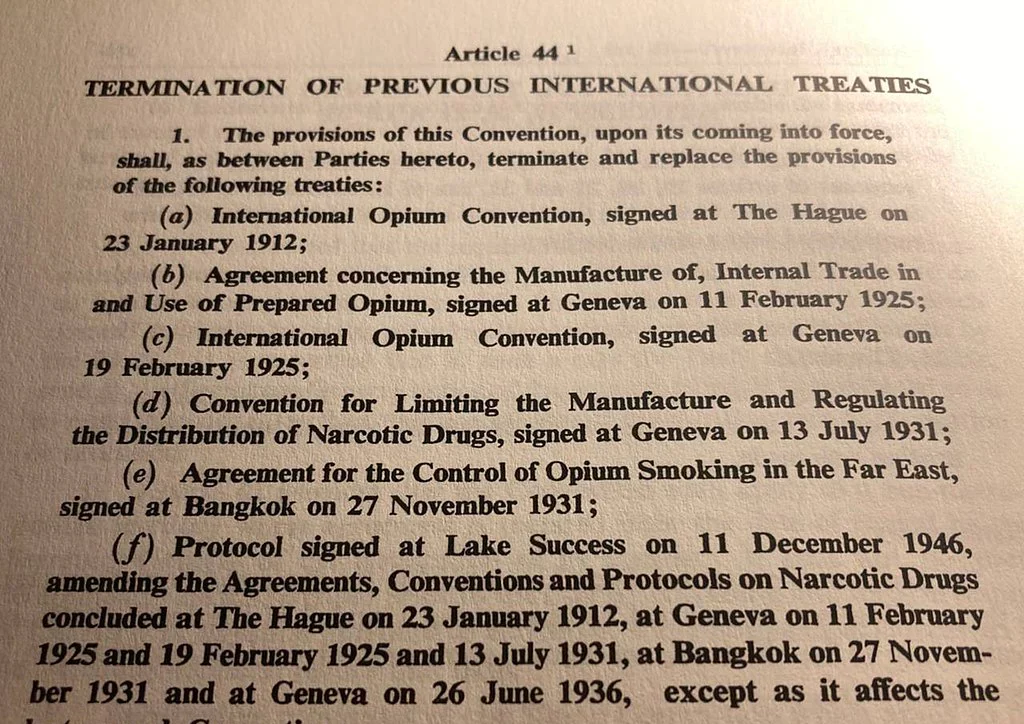
Political history, the “War on Drugs”
The Comeback of Psychedelics in Science
Despite the obstacles posed by the war on drugs, a small number of researchers continued to explore the potential benefits of psychedelics, including the concept of microdosing. One of the most notable pioneers in this field was Dr. James Fadiman, a psychologist and researcher who has been studying the effects of microdosing now for over 50 years. He conducted informal surveys and collected anecdotal reports from individuals who had microdosed psilocybin and other psychedelics.
In recent years, however, there has been a resurgence of interest in the therapeutic potential of microdosing psilocybin. This can largely be attributed to Dr. Fadiman. His book, “The Psychedelic Explorer’s Guide,” has become an important piece of literature in the field of microdosing. It has inspired many new studies and experiments. Organizations such as the Beckley Foundation and MAPS (Multidisciplinary Association for Psychedelic Studies) are leading the fight for the legalization of psilocybin for research purposes. These groups are advocating for more studies on the use of psilocybin for addiction treatment and depression. They also call for a reclassification of psilocybin as a Schedule IV substance. This reclassification would make it easier for researchers to conduct studies on its therapeutic benefits.
Controversy and Regulation of Pschedelics
Despite its growing popularity, the use of psychoactive substances for microdosing purposes remains controversial and is heavily regulated by law. In Europe, the legality of psychoactive substances varies from country to country. Some countries, like the Netherlands, have more lenient laws. Others, like the United Kingdom, have strict laws against the use of psychoactive substances. In the United States, the legality of psychoactive substances like LSD and psilocybin remains a topic of debate. Some states, like Colorado and California, have legalized the use of psilocybin for medicinal purposes. Others continue to enforce strict regulations against their use.
Microdosing, benefits without the high
Microdosing, a practice gaining traction in recent years, is changing the way we think about psychoactive substances. It’s a phenomenon that offers the potential for remarkable benefits without the usual accompanying high. This innovative approach is capturing the attention of a growing community of enthusiasts and researchers alike.

A Growing Community
The microdosing movement is not limited to individual experimentation; it has grown into a supportive and informative community. Online forums, social media groups, and dedicated websites offer a platform for users to share their experiences, dosage protocols, and tips. This community aspect helps newcomers navigate the practice safely and effectively.
Researchers are also joining the conversation, conducting studies to better understand the potential therapeutic benefits of microdosing. Some preliminary research suggests that microdosing may hold promise for treating conditions like depression, anxiety, and post-traumatic stress disorder.
Despite the growing interest and reported benefits, it’s essential to approach microdosing responsibly. The legality of psychoactive substances varies widely by location, so understanding and adhering to local laws is crucial. Furthermore, consulting with a healthcare professional before beginning any microdosing regimen is advisable, especially if you have underlying medical conditions or are taking medication.
Final statement
In conclusion, microdosing represents a fascinating intersection of personal wellness and scientific exploration. It offers the promise of improved mental health, creativity, and productivity without the high associated with these substances. As the microdosing community continues to expand and researchers delve deeper into its potential, we can anticipate even more discoveries about the benefits of this intriguing practice. The history of psychedelics and microdosing is a story of promise and potential, held back by political forces and by the “war on drugs”. But with the recent resurgence of interest and research, there is hope that the therapeutic benefits of psilocybin will soon be fully understood and made available to those in need.

